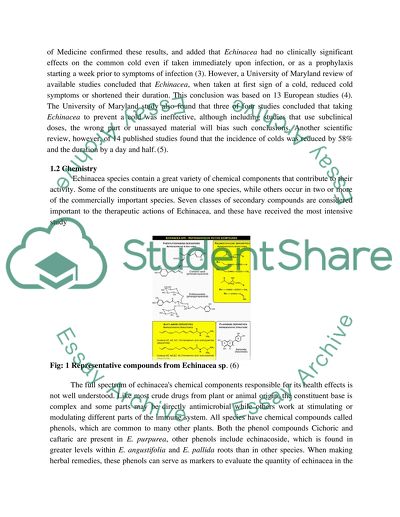Cite this document
(“Echinacea Essay Example | Topics and Well Written Essays - 1000 words”, n.d.)
Echinacea Essay Example | Topics and Well Written Essays - 1000 words. Retrieved from https://studentshare.org/health-sciences-medicine/1514047-echinacea
Echinacea Essay Example | Topics and Well Written Essays - 1000 words. Retrieved from https://studentshare.org/health-sciences-medicine/1514047-echinacea
(Echinacea Essay Example | Topics and Well Written Essays - 1000 Words)
Echinacea Essay Example | Topics and Well Written Essays - 1000 Words. https://studentshare.org/health-sciences-medicine/1514047-echinacea.
Echinacea Essay Example | Topics and Well Written Essays - 1000 Words. https://studentshare.org/health-sciences-medicine/1514047-echinacea.
“Echinacea Essay Example | Topics and Well Written Essays - 1000 Words”, n.d. https://studentshare.org/health-sciences-medicine/1514047-echinacea.


